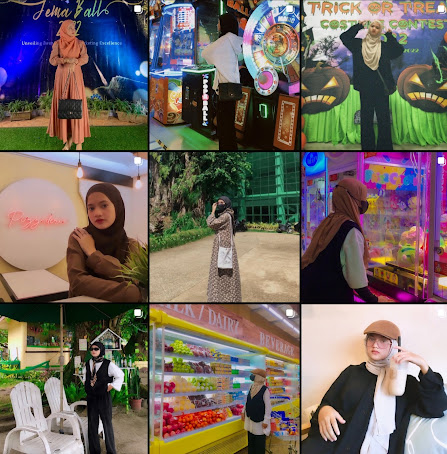

Nestled amidst the vibrant cultural tapestry of Marawi, Lanao del Sur in the Philippines, the Aga Khan Museum of Islamic Art stands as a testament to the rich Islamic heritage of the region. Established by the visionary Mamitua Saber on June 13, 1962, this museum has become a treasure trove of art and culture, captivating visitors from around the world.
A Journey Through Time: Inauguration and Evolution
Originally hosted in a modest single room, the museum embarked on its grand journey and was inaugurated on March 23, 1969. Its metamorphosis began in 1963 when Aga Khan IV generously donated funds for the construction of the museum's current iconic building, adorned with a striking white façade. This transformation marked the birth of the Aga Khan Museum, now a beacon of Filipino Muslim heritage.
Unveiling the Filipino Muslim Legacy
Within the museum's walls lies the most extensive collection of Filipino Muslim artifacts in the Philippines. It proudly preserves the folk art of the Moro and Lumad people of Mindanao, Sulu archipelago, and Palawan. Visitors are enthralled by the exhibits, which include historical implements used in combat during the Moro wars against the Spanish and Americans. The museum showcases the intricate craftsmanship of items like the lantaka, kris, and kampilan, revealing the valor and skill of the region's warriors.
A Glimpse into Moro Culture
Stepping into the Aga Khan Museum is akin to stepping into a time capsule of Moro culture. Miniaturized pagoda-type mosques, replicas, and portions of the torogan (traditional ancestral house) transport visitors to a bygone era. Musical instruments and farm implements on display provide insights into the daily lives of the Moro people, connecting the past with the present.
Abdulmari Imao's Legacy: Calligraphic Sculptures
One of the museum's most significant treasures is the collection of more than 300 calligraphic sculptures crafted by the renowned artist Abdulmari Imao. These sculptures, bearing the divine name of Allah, serve as a testament to the spiritual and artistic prowess of the Filipino Muslim community. Each piece is a masterpiece, reflecting the deep devotion and creativity of the artist.
In every corner of the Aga Khan Museum of Islamic Art, history comes alive, and the spirit of Filipino Muslim heritage resonates. It stands as a bridge between the past and the present, inviting visitors to embark on a profound journey of discovery. As you explore its exhibits and delve into the stories they tell, you'll find yourself immersed in the captivating world of Islamic art and Moro culture, leaving with a deeper understanding and appreciation of this rich heritage.




No comments:
Post a Comment